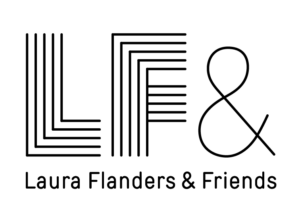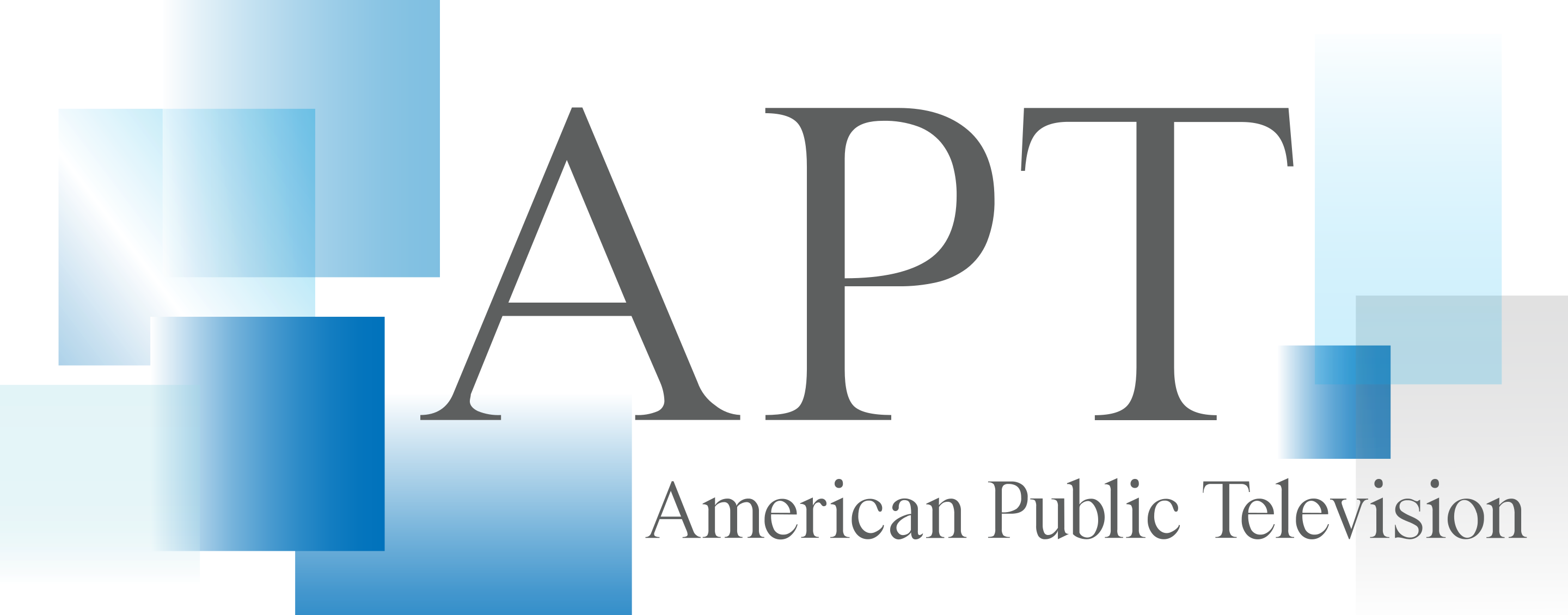Can technology advance society if it doesn’t include all of society? This week, we talk to three disability justice activists who have ideas about how tech can ensure design, technology, and art are accessible and equitable. Not just ideas, they’re doing it… and they are sparking a movement.
Guests:
- Laurel Lawson, CTO, CyCore Systems
- Vilissa Thompson, Founder and CEO, Ramp Your Voice!
- Chancey Fleet, Fellow, Data & Society
“If you think diversity is having people in the room, inclusion, perhaps, could be thought of as making sure that they can participate.” – Laurel Lawson
“Every time I use technology, I am acutely aware of whether people like me, people who are blind, were considered in the design.” – Chancey Fleet
“Technology is allowing the disabled community to finally begin to look like what it’s community has always been, which is not just white male faces and voices.” – Vilissa Thompson
Interview Snippet:
Laura Flanders: So we have technical design, we have architectural design. How about you and design, Laurel?
Laurel Lawson: Everything is political. Technology is deeply political. Design is political. Who is there, who’s getting funded, what is being funded, who is seen to have agency and the process. As a disabled engineer artist, I’m at a very unique place in this web of goings-on and who has agency, who is presumed to have agency, who is included. The difference between access, inclusion, and equity is radical and my practice comes from a place of beginning with radical equity.
So an easy way to think about it, if you think diversity is having people in the room, inclusion, perhaps, could be thought of as making sure that they can participate, that there’s physical access, there is sensory access, there is financial access, racial, gender, that you’re beginning to attend to making sure that those people can participate. But then what does it mean to be equitable? What is it like if everyone in that room is assumed to be equally competent, equally a part of the process?
















